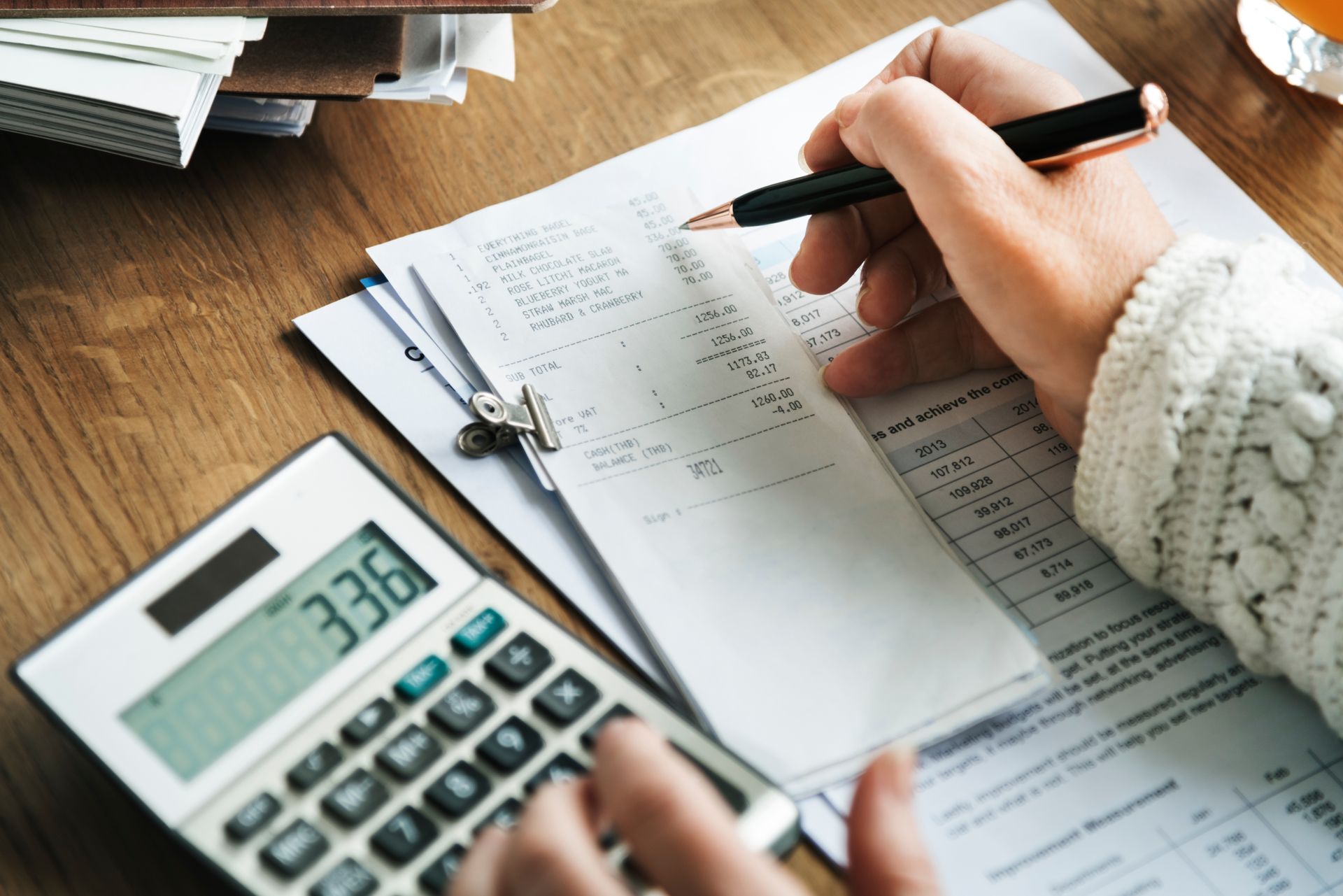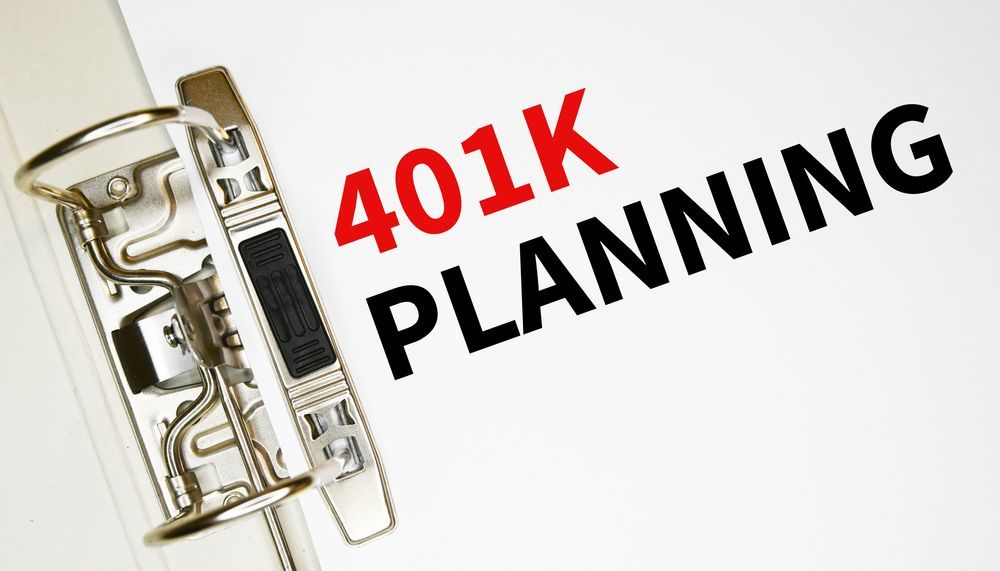How Does Depreciation Work? What is Depreciation?

When you run a business or a nonprofit, you have to track your expenses very carefully. With most operational expenses, the process is straightforward, but when you're dealing with capital expenses for assets that you will use for years, you have to consider depreciation rates.
This process can be confusing, but to help you out, we've put together this guide to the basics of depreciation. This post explains what depreciation is and how it works. Here's what you need to know.
How Does Depreciation Work?
Depreciation is a process that allows you to account for the cost of a capital asset over time. Normally, when you have an operational expense for your business, you subtract its whole cost at the time that it's incurred. In contrast, with a capital asset, you don't account for its cost when incurred. Instead, you spread out the cost over time. This gives you a more accurate analysis of your income and expenses.

How Do You Calculate Depreciation?
To calculate depreciation, you need a depreciable basis and a depreciation method. The depreciable basis is generally the cost of the asset minus its salvage value. For instance, if you buy something for $100,000 and it has a salvage value of $10,000, its depreciable basis is $90,000.
You depreciate part of the basis every year over the asset's useful life cycle. The depreciation method dictates how much you should depreciate. In some cases, you depreciate the same amount every year until the asset is fully depreciated, but in other cases, you depreciate different amounts every year.
What Are The 3 Methods of Depreciation?
There are several different ways to depreciate assets, and the optimal approach varies based on your financial objectives and the life cycle of the asset. Here are three of the most common depreciation methods with a short analysis of how they work:
1. Straight-line depreciation
With straight-line depreciation, you simply divide the asset's depreciable base by its service life, and you depreciate the same value every year over the lifetime of the asset. To give you a very simple example, imagine that you invest in a computer for $1,000 and it has a life cycle of five years. You would depreciate $200 every year.
Note, however, that you don't always use the purchase price of the asset when determining its depreciation. Instead, as indicated above, you use the asset's depreciable base. Generally, that means that you subtract the salvage value of the asset from its cost.
To continue with the example above, if you knew that the computer will be worth $50 in parts after you are done using it, you would only depreciate $950 over its lifetime. Similarly, when you depreciate real estate, you only depreciate the value of the buildings, and you don't include the land.
2. Double declining balance method
The double declining balance method allows you to depreciate the majority of the asset's value in the early years of service and lower amounts in the later years of service. To calculate depreciation with this method, you multiply the asset's book value by double the straight-line rate, and you don't take salvage value into account until the end of the asset's depreciation schedule.
Here's an example. Imagine that you have a $100,000 asset with a $5,000 salvage value and a four-year life cycle. During the first year, you depreciate $50,000. You get this number by multiplying the asset's cost of $100,000 by 50%. That is double the 25% straight-line rate.
The following year, you take the remaining book value of $50,000 and you multiply that by 50% to get a depreciation of $25,000. In the third year, you depreciate $12,500. That is the remaining book value of $25,000 times 50%. During the final year, you have $12,500 in remaining book value, but you can only depreciate $7,500. That is the remaining depreciable base after you account for salvage value.
3. Units-of-output method
The units-of-output method allows you to depreciate an asset in line with its usage. Often used for machinery or manufacturing equipment, this depreciation method is based on the anticipated usage and gets updated based on actual usage.
Here's an example. Imagine that your landscaping business purchases a mini excavator with a 10,000-hour lifecycle for $34,000, and it has a salvage value of $4,000. You anticipate that you will use 4,000 hours in the first year, 3,000 hours in the second year, and 3,000 hours in the third year.
Based on these numbers, you plan to depreciate 40% of the asset's depreciable basis in the first year, 30% in the third year, and 30% in the fourth year. In other words, you depreciate $12,000 in year one and $9,000 in years two and three. That is the asset's cost minus its salvage value times the percentage of its lifetime hours used.
However, with the units of output method, you may need to adjust your numbers based on actual usage. For instance, if you only use the machine for 3,000 hours in the first year, you would only depreciate $9,000 that year.
Is it Better to Depreciate or Expense?

The right answer varies based on your financial objectives and what gives you the best tax advantages. Businesses generally must depreciate in their accounting records. This ensures that they have a strong sense of the assets they own and that their balance sheet is correct. However, when they file their tax return, they can often opt to depreciate the asset slowly over time or claim the entire cost through a Section 79 deduction or bonus depreciation.
Industry Examples of Depreciation
Nearly every business has depreciable assets, but they vary a lot. A freelance graphic designer, for example, may need to depreciate relatively small costs such as laptops or software. A large manufacturer, in contrast, may need to depreciate very expensive manufacturing equipment, factories, and other high-ticket items.
Someone who owns rental property will depreciate the properties that they own, but they may also be able to depreciate other assets they purchase for their business such as a riding lawn mower that they use for maintenance.
Sometimes, the rules vary from industry to industry, and there can be a certain level of subjectivity involved as well. For instance, a cattle rancher can opt to depreciate their breeding stock or treat their breeding cattle as inventory. However, someone who owns a retail store cannot depreciate their inventory.
Are you taking the optimal approach to depreciation? To ensure you're maximizing the financial potential of your business, you need the right guidance, and we can help. At Flynn and Company, we provide financial advisory and accounting services to help businesses optimize their success. Contact us today to learn more.





